Actividad larvicida de extractos etan¢licos de Tabernaemontana cymosa y Trichilia hirta sobre larvas de estadio III y IV de Aedes aegypti (Diptera: Culicidae)
Autor(es): D¡az Castillo, Fredyc; Morelos Cardona, Sandra Marcela; Carrascal Medina, Mois?s; P jaro Gonz lez, Yina; G¢mez Estrada, Harold
Resumo: Aedes aegypti is the main vector of dengue and yellow fever. One way to combat these diseases today is the vector control. However, the problems caused by synthetic insecticides and the acquired resistance by mosquitoes, turn this control into a more difficult struggle every day. The plants offer an alternative source to the use of synthetic insecticides. The objective of this study was to evaluate the larvicidal activity of the ethanol extracts and active fractions of different organs of Trichilia hirta L. and Tabernaemontana cymosa Jacq. In this study, Aedes aegypti larvae in III and IV stages were used. The total ethanol extracts were obtained by maceration of dried and ground plant material for a week and then dried at reduced pressure. The fractionation was performed by open column chromatography with the use of different polarity solvents. The larvicidal activity was assessed following protocols recommended by the World Health Organization. The ethanol extracts from Trichilia hirta bark and flowers, and Tabernaemontana cymosa bark and leaves showed no larvicidal activity. The Trichilia hirta seed extract showed a moderate activity with an LC50 and LC90 of 219.2 and 331.4 mg/L respectively. The ethanol extract from Tabernaemontana cymosa seeds, the fraction F008 and the subfraction F011, showed good larvicidal activity with LC50 of 35.1, 20.9, and 14.98 mg/L, respectively. According to the results obtained in this study, the extract from Tabernaemontana cymosa seeds could be considered as a potential source of secondary metabolites with larvicidal activity.
Palavras-Chave: Resistencia a larvicidas; Dengue;ÿTabernaemontana cymosa;ÿTrichilia hirta.
Imprenta: Revista Cubana de Plantas Medicinales, v. 17, n. 3, p. 256-267, 2012
Descritores: Aedes aegypti - Larvicide
Data de Publicação: 2012








